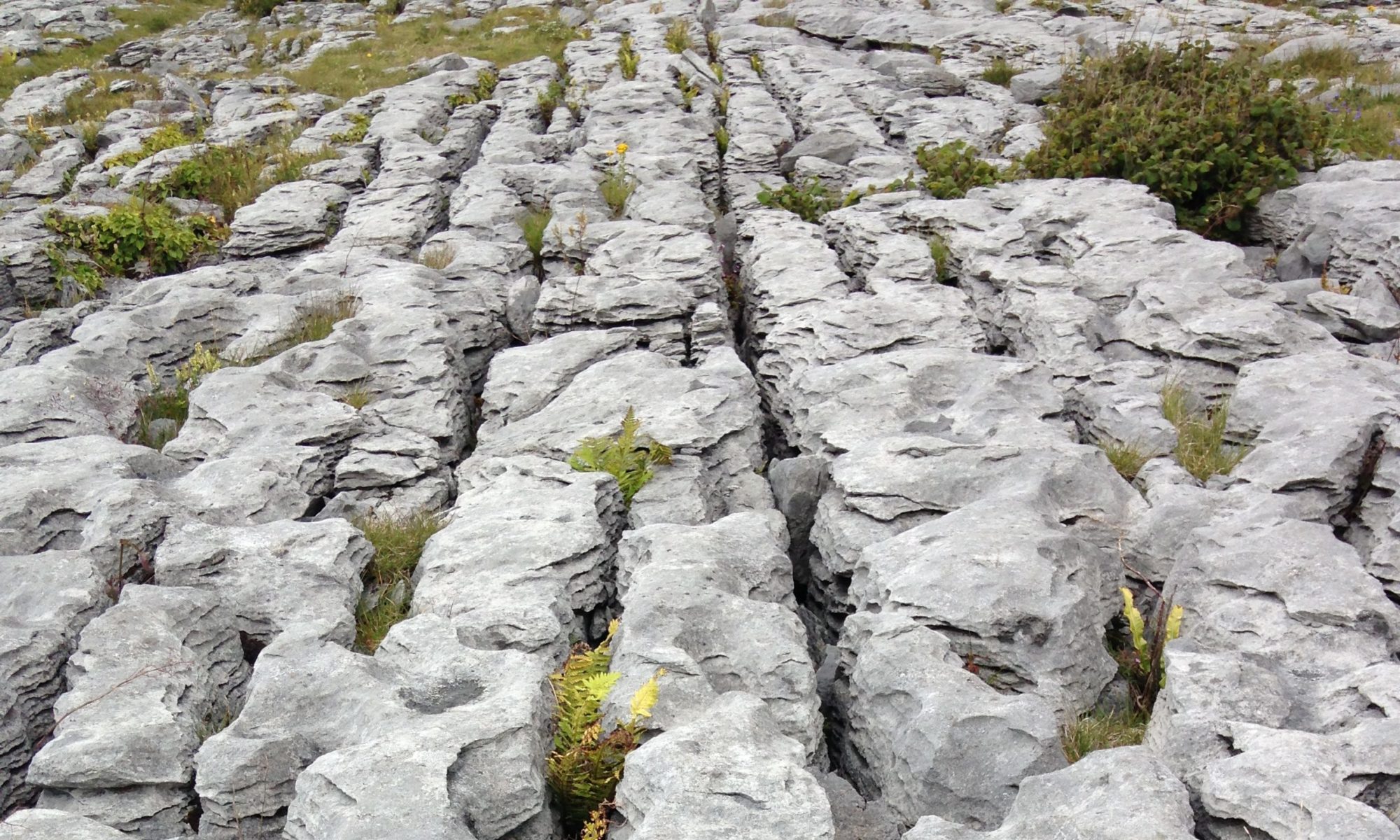Olmec heads in Villa Hermosa, and Mayan ruins in Comalcalco Mexico.
Villa Hermosa is 70 km south of Paraiso, and La Venta Park and Museum, where the Olmec artefacts were on display, wasn’t far from the DHL depot where I delivered the faulty electronic component for shipping back to Italy. The primary reason for my little trip that day..
It was mid week, and reasonably early in the morning, so parking was not a problem, and incredibly there was no entrance fee.
The heads, there are three at that site, are breathtaking.
They have been dated to between three hundred and one thousand BCE, the time span when the Olmec civilisation thrived along the Gulf Coast, near modern Veracruz.
The discovery of those archaeological treasures, on or under the site of the ancient Olmec city of La Venta., took place during the Second World War, when the American husband and wife archaeological partnership, Matthew and Marion Stirling worked extensively in the area.
The heaviest of the three heads is 11,000 kg, and in the absence of aliens with tractor beams, an absolute truism (according to him) posited by Erich von Daniken in his 1970s book Chariots of the Gods, they would have had to be dragged, without the use of the wheel, all the way from the Tuxtlas Mountains, the nearest source of Basalt, to where they were found, a distance of 100 km or more.
In total there were thirty-three large artefacts on view.
As well as the three heads, there are numerous altars and other symbolic carvings, stelae and monoliths, all Olmec in origin.
Before the La Venta site was systematically excavated, the Olmec culture had been unknown, and to this day they remain shrouded in mystery. Even the name ‘Olmec’ is a Mayan word meaning ‘rubber people’, so we have no idea what they called themselves.
They had no writing ,so all the information left behind is symbolically represented, but it seems clear that they worshipped apex predators from the animal kingdom, such as the Jaguar, the Cayman the Anaconda, and even the Shark , because motifs of these animals are repeated throughout the bass relief sculptures, found at the sites.
Mysterious or not, there is no doubt that they reached a high level of sophistication in all things cultural, from art to religion to governance, and there seems little doubt that they were the primary civilisation, upon which the Mayan, the Mexica and the Aztec built their respective cultures on.
It was a wonderful experience to walk among them, and be so close to archaeology which is profoundly important to the heritage of humankind.
Having satiated myself on the Olmec culture, it was time for lunch.
I dined on fresh fish in the La Venta restaurant on the banks of the lagoon, and in sight of many of the monuments in the park.
While I ate, I watched languid pelicans skim the glassy surface of the lake, so close to the water that their wing tip feathers ruffled the surface momentarily, as the great wings flapped slowly.
Huge purple, blue and red dragonflies whose diaphanous wings prismadically, it seemed, projected the light of the sun, skipped across the silvered surface, their trailing legs dipping and dappling the water as they skipped. Myriad green lizards scuttled through the rattan roof of the restaurant, feasting upon flying insects..
Thick green jungle surrounded the lagoon on three sides, and the heavy air was full of the cries of exotic birds and the buzz of exotic insects,
After a long and languorous lunch, I set off for the Mayan pyramid and temples in Comalcalco.
In less than an hour I was parked at the site.
For 150.00 Peso’s, which included the entrance fee, I hired a very knowledgeable young archaeology student, Teodoro, to guide me in Spanish and English, through the various buildings and the temple.
The excavations were ongoing at that time, however some three hundred human built structures had been found, ranging from a large Acropolis to a number of individual temples, a palace, smaller municipal buildings and burial sites.
My guide took me through the small museum, where the many beautiful Mayan artefacts found to date are exhibited.
Comalcalco is thought to have been a satellite city to Palenque, 200 km to the east, although it is unique in Mayan civilisation, in that it is built of fired bricks, held together with cement made of water and crushed oyster shells, rather than worked sandstone.
Many of the bricks are carved on one side, but for some symbolic reason, the carved face was the one turned downward. So the evidence of their craft lay hidden for over a thousand years.
Construction of the grand Plaza was begun around five hundred CE, and it was finally abandoned around one thousand CE, when the Mayan civilisation collapsed.
By the time I had finished my tour, and bought my tour guide coffee in the cafeteria, it was late afternoon, and I needed to get back to Paraiso.
The end.
